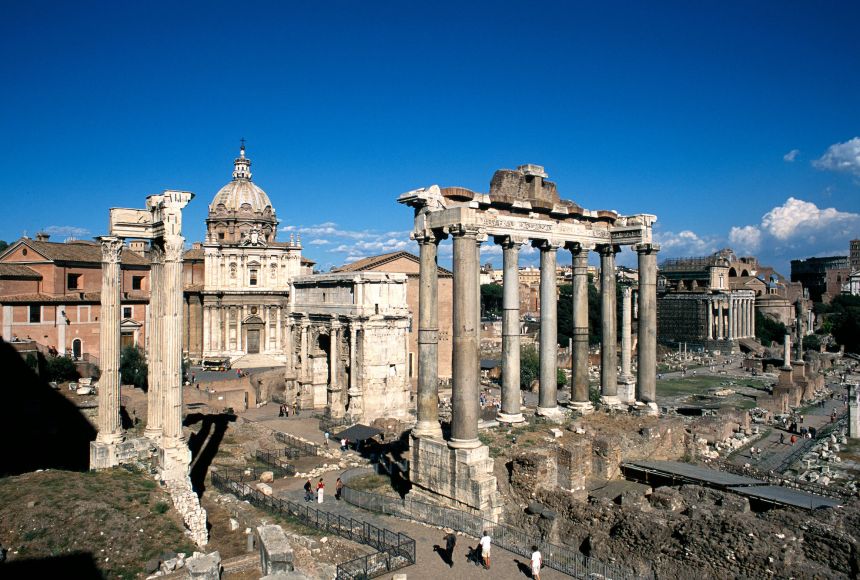ARTICLE
leveledARTICLE
Rome’s Transition from Republic to Empire
Rome’s Transition from Republic to Empire
Rome transitioned from a republic to an empire after power shifted away from a representative democracy to a centralized imperial authority, with the emperor holding the most power.
Grades
3 - 12
Subjects
Anthropology, Archaeology, Social Studies, World History
Image
The Roman Forum Arch of San Severus
Though the Roman Republic stood for several centuries, tensions within the government began to tear it apart. Civil wars started between groups with different loyalties, which brought about the transformation of the republic into an empire.
Photograph by Peter Phipp/Travelshots.com

Media Credits
The audio, illustrations, photos, and videos are credited beneath the media asset, except for promotional images, which generally link to another page that contains the media credit. The Rights Holder for media is the person or group credited.
Author
Producer
other
Last Updated
October 19, 2023
For information on user permissions, please read our Terms of Service. If you have questions about how to cite anything on our website in your project or classroom presentation, please contact your teacher. They will best know the preferred format. When you reach out to them, you will need the page title, URL, and the date you accessed the resource.
Media
If a media asset is downloadable, a download button appears in the corner of the media viewer. If no button appears, you cannot download or save the media.
Text
Text on this page is printable and can be used according to our Terms of Service.
Interactives
Any interactives on this page can only be played while you are visiting our website. You cannot download interactives.
